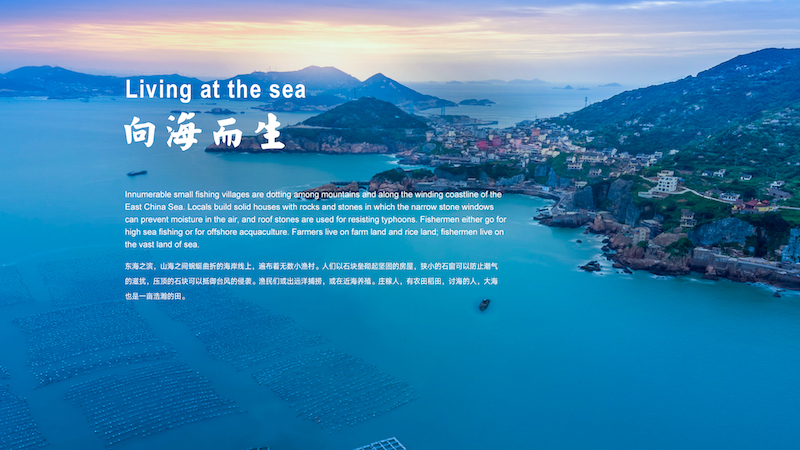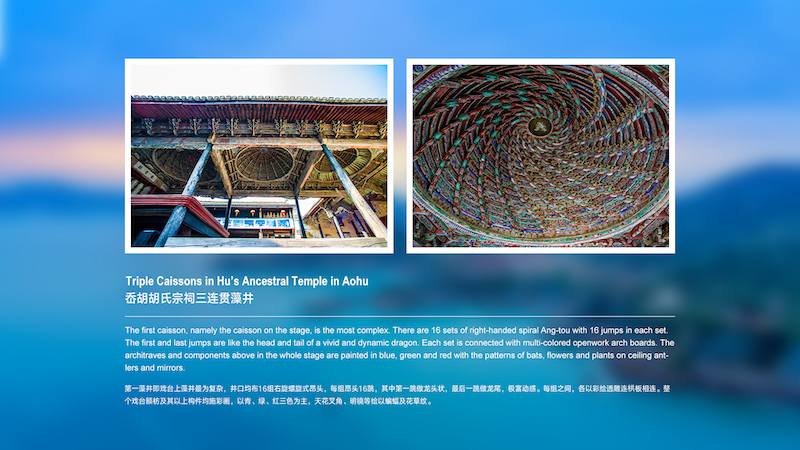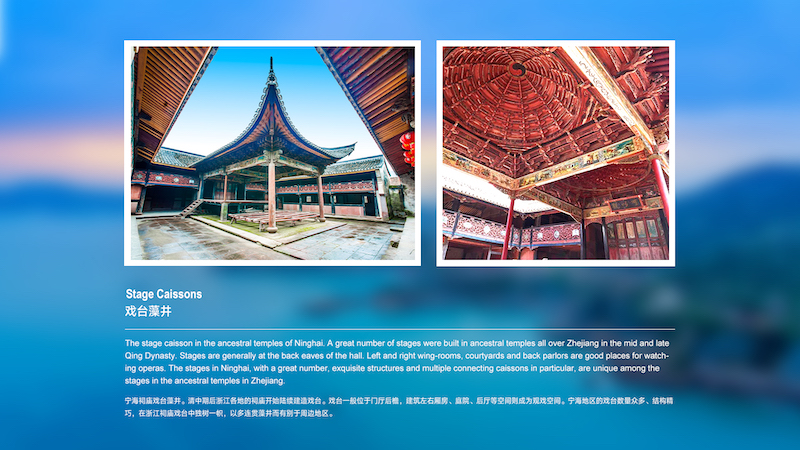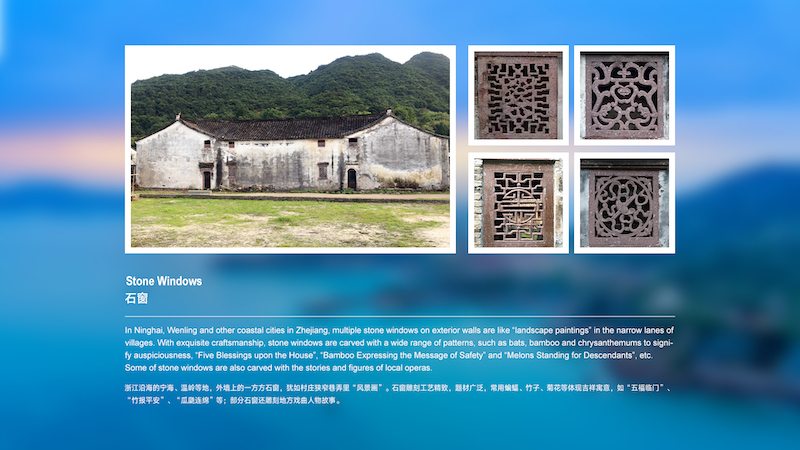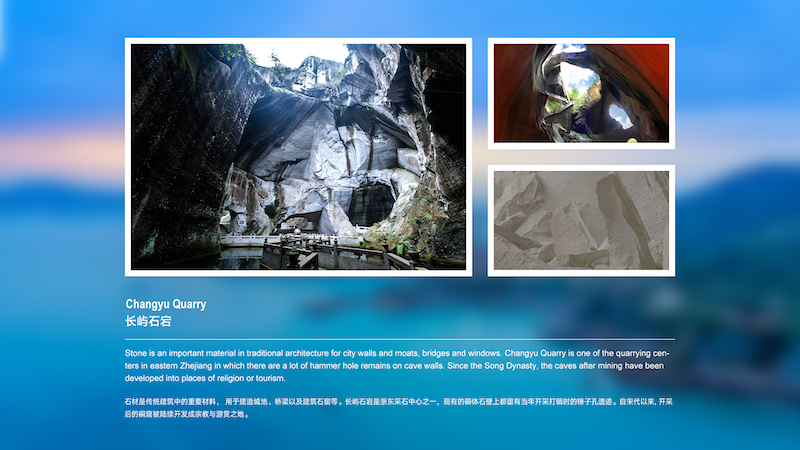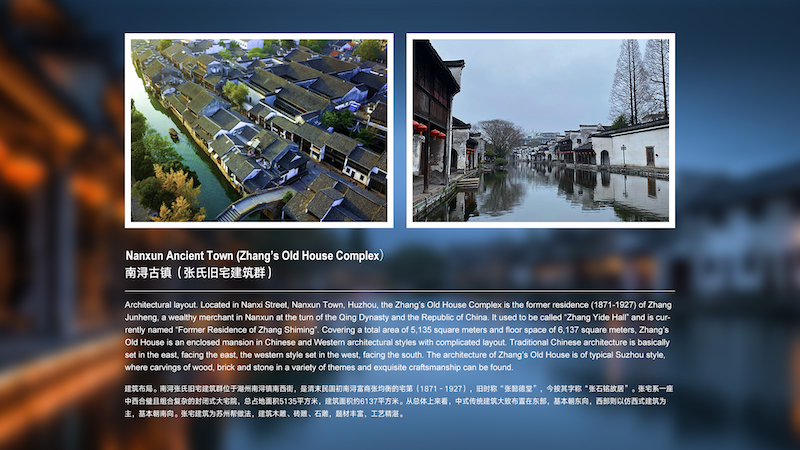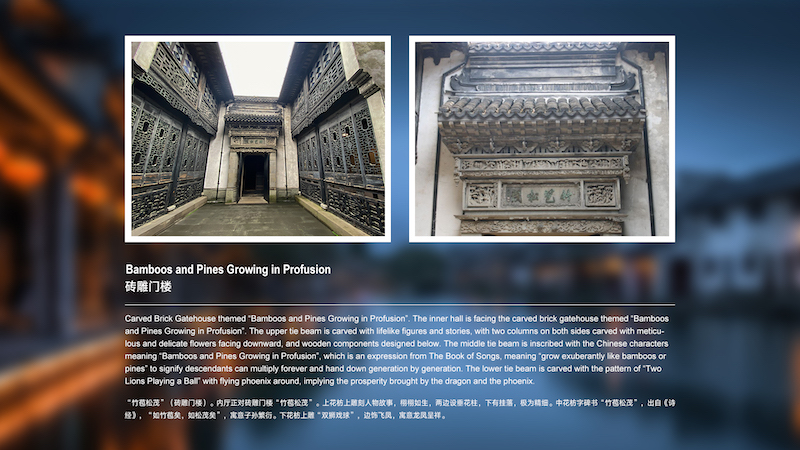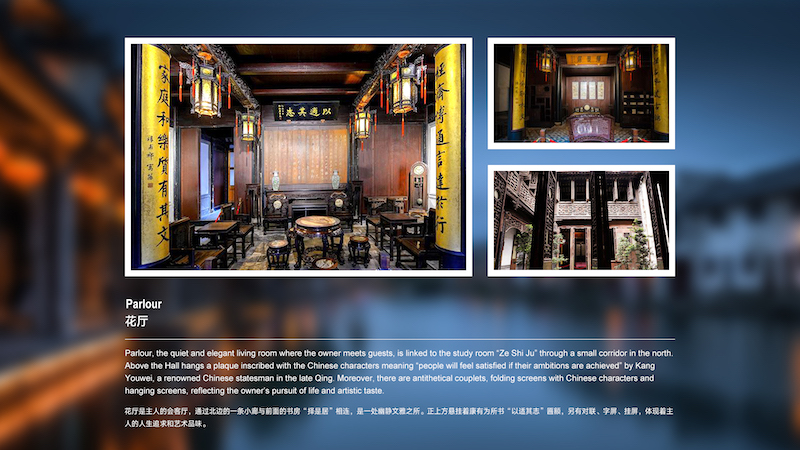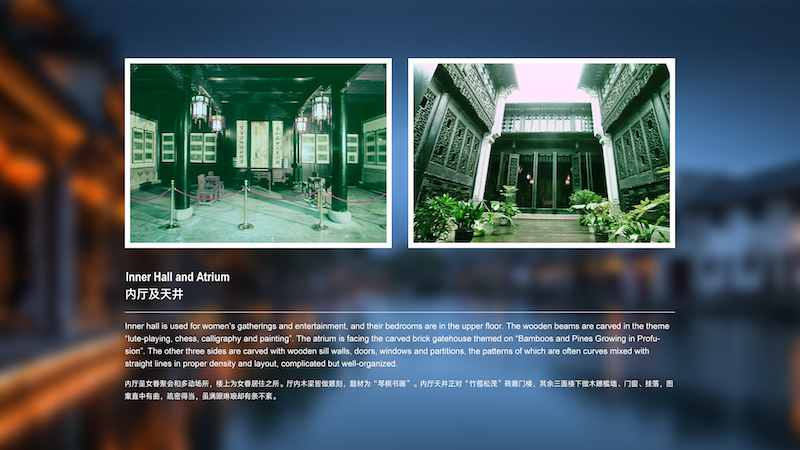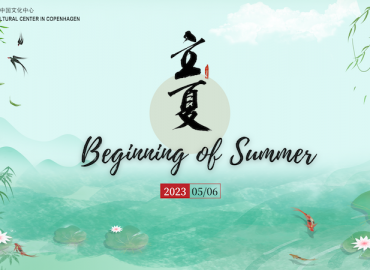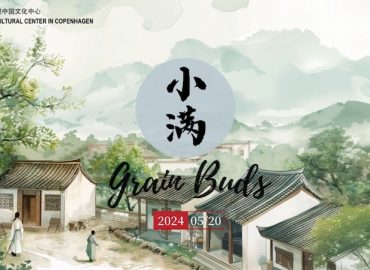Meeting Under the Eaves
Wang Shixing, a great traveler in the Ming Dynasty, wrote in his book Guang Zhi Yi (A Broad Description of Human Geography) that the “people of the waterborne kingdom” in Hangzhou-Jiaxing-Huzhou Plain lived an affluent and elegant life by trading in boats; the “people of mountains and valleys” in Jinhua, Quzhou, Yanzhou and Chuzhou were staunch and frugal in the fight against harsh geographical conditions; and the “people on the seashore” in Ningbo, Shaoxing, Taizhou and Wenzhou endured winds and rains, thus “officers and ordinary people were neither noble nor humble, neither luxurious nor austere”. Local dwellings are typical reflections of such cultural characters.
Click the play button below to watch the video
Living at the Sea
Innumerable small fishing villages are dotting among mountains and along the winding coastline of the East China Sea. Locals build solid houses with rocks and stones in which the narrow stone windows can prevent moisture in the air, and roof stones are used for resisting typhoons. Fishermen either go for deep-sea fishing or for offshore aquaculture. Farmers live on farm land and rice land; fishermen live on the vast land of sea.
Click the play button below to watch the video
Click the link below to see the online exhibition:
http://bog3dcg.epub360.com.cn/v2/manage/book/4vfhvs/
//DANISH
At Leve ved Havet
Utallige små fiskerbyer er placeret mellem bjergene og langs den snoede kystlinje ved det Østkinesiske Hav. Lokalbefolkningen bygger solide huse med sten, og de smalle stenvinduer kan forhindre fugt i luften, og tagsten bruges til at modstå tyfoner. Fiskere går enten på havfiskeri eller ud for offshore-akvakultur. Landmænd driver landbrugsjord og rismarker; fiskere lever ude ved det store hav.
Kanalbyer Syd for Yangtze-Floden
Den vandige slette i Zhejiang er kendt som “land af fisk og ris” og “silkens-hjem”. De lokale har med visdom og flid forvandlet naturen til et 3-D øko-landbrug, der integrerer silkeavl, tekstil og fiskekultur. Den Store Kanal, der strækker sig fra Beijing til Hangzhou, transporterede ris, silke og salt fra syd til de andre områder i Kina, således at Hangzhou-Jiaxing-Huzhou sletten er nu blevet til en af de rigeste regioner i Kina. Med floder, broer og moler, der har et kryds- og tværs lignende netværk, ligger de fleste husstande langs floderne, og både er det mest almindelige transportmiddel for lokalbefolkningen.

